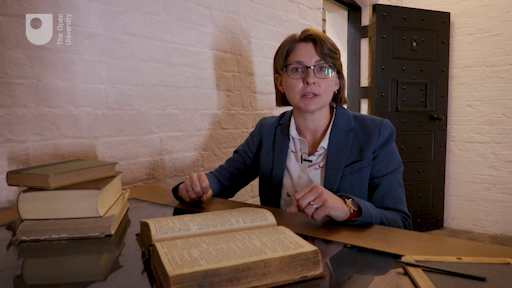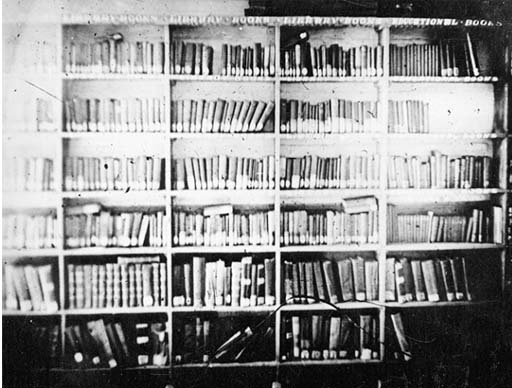Session 4: Education outside the prison school
Introduction
Education in prison did not begin and end with the prison school. In this session, you will look at other forms of learning available to prisoners in the 1800s, specifically the provision of books which prisoners were able to use for self-improvement.
Throughout the 1700s, the openness of the prison to the outside world meant that reading matter could be taken to prisoners. Efforts were made to provide Bibles and Christian tracts. Some politically radical pamphlets and sheets containing pictures and songs about executions also found their way to prisoners. Legislation in the early 1800s gave control over books in the prison to the chaplain and the prison authorities.
At the same time, the penal reform movement gave new importance to books in the prison, and acts of reading by prisoners. While chaplains almost universally acknowledged the great potential that books offered for self-improvement, their attempts to control the effects of reading were constantly challenged.
By the end of this session, you should be able to:
- identify other forms of learning and self-improvement outside the prison school
- discuss debates about the suitability of reading matter for prisoners
- describe how prisoners accessed and used the books available to them.
To begin with, watch this video in which Rosalind Crone describes the prison library at Lincoln Castle Gaol in the 1800s. Consider what books prisoners had access to, and the evidence that survives on how they used them. It will be useful to reflect on this case study during this session. Please note that in the video, where Rosalind says ‘Captain Cook, who circumnavigated Australia’, this should say ‘Captain Cook, who circumnavigated the east coast of Australia’.

Transcript
[GENTLE MUSIC]

